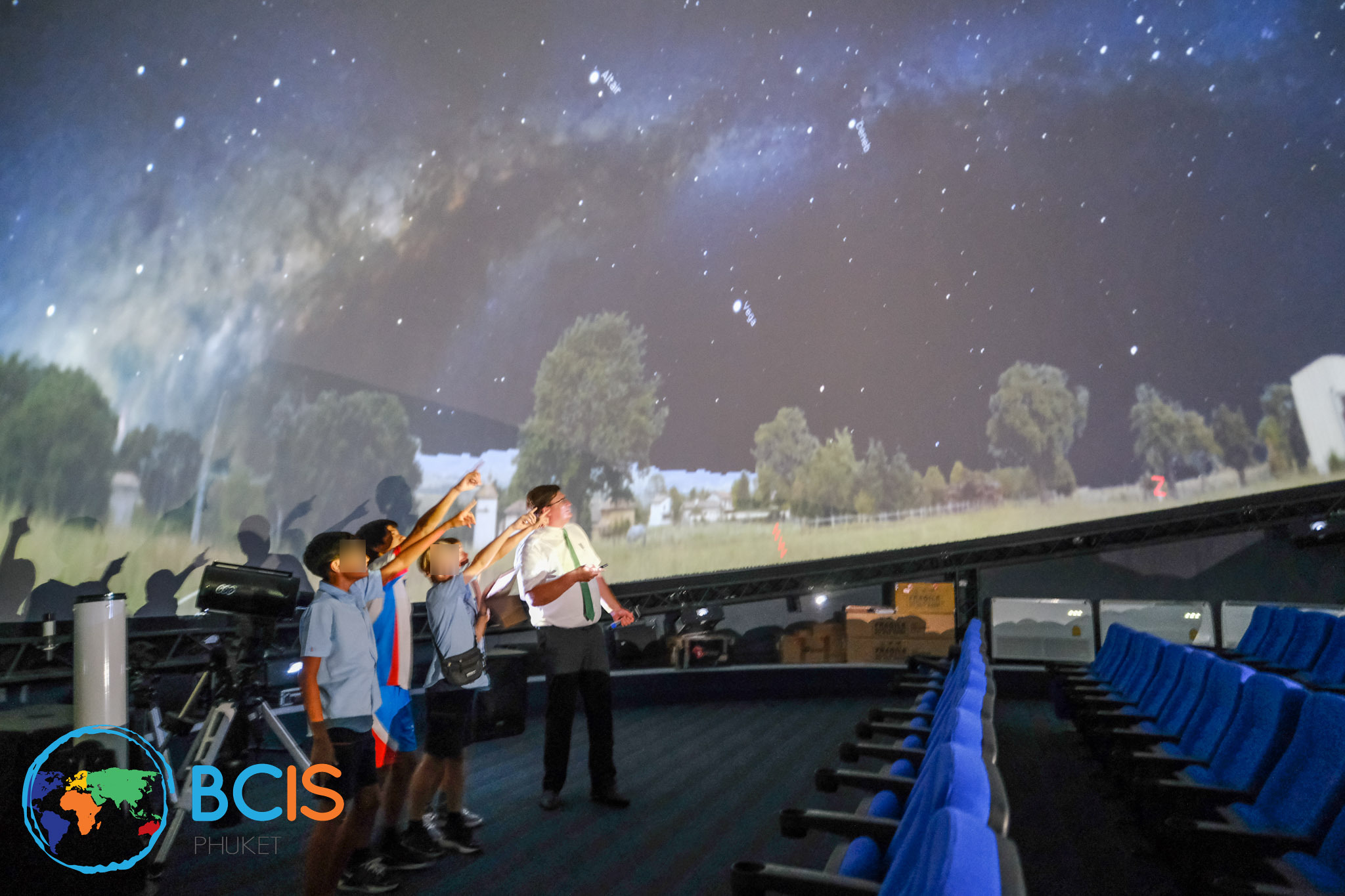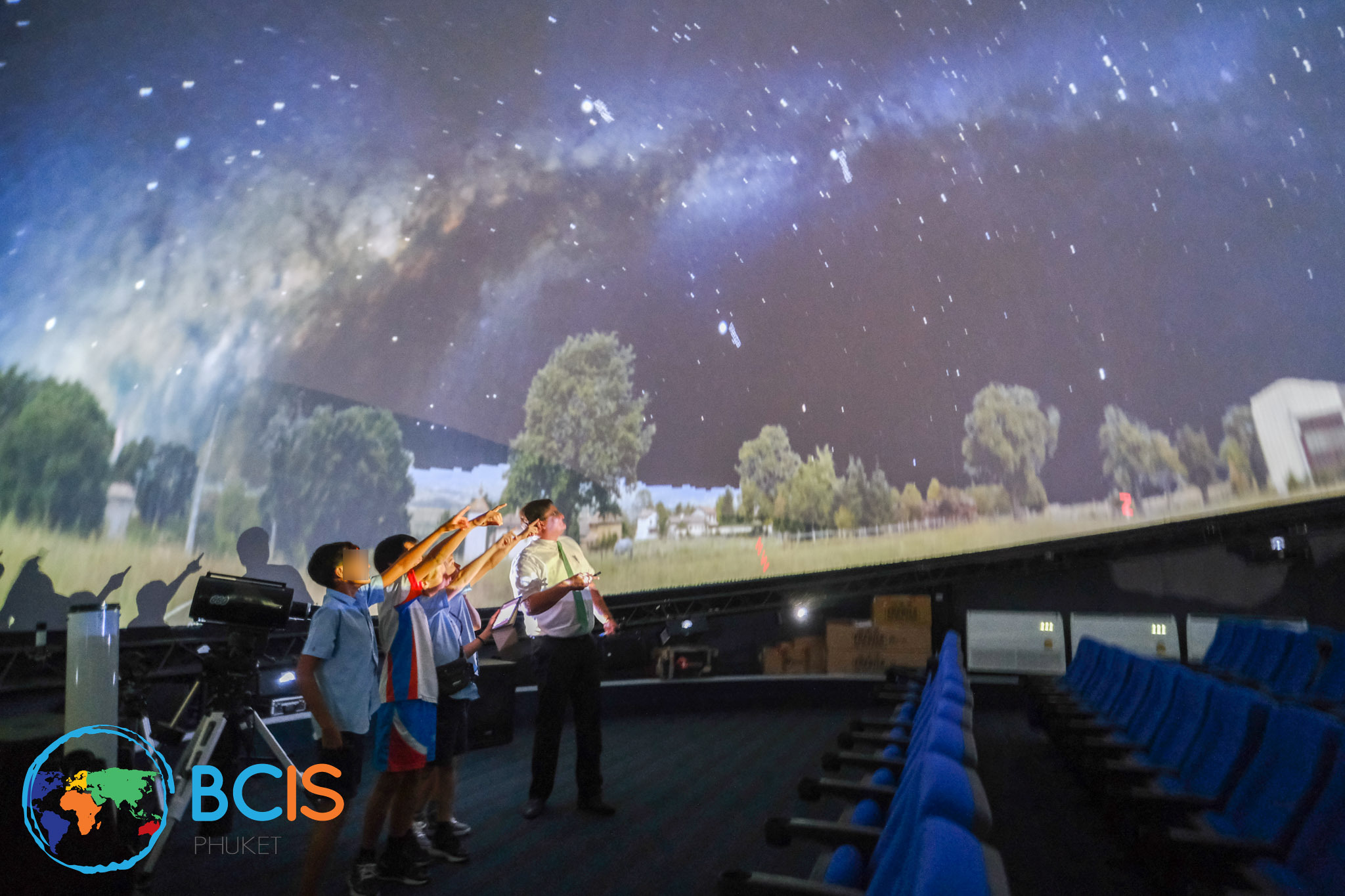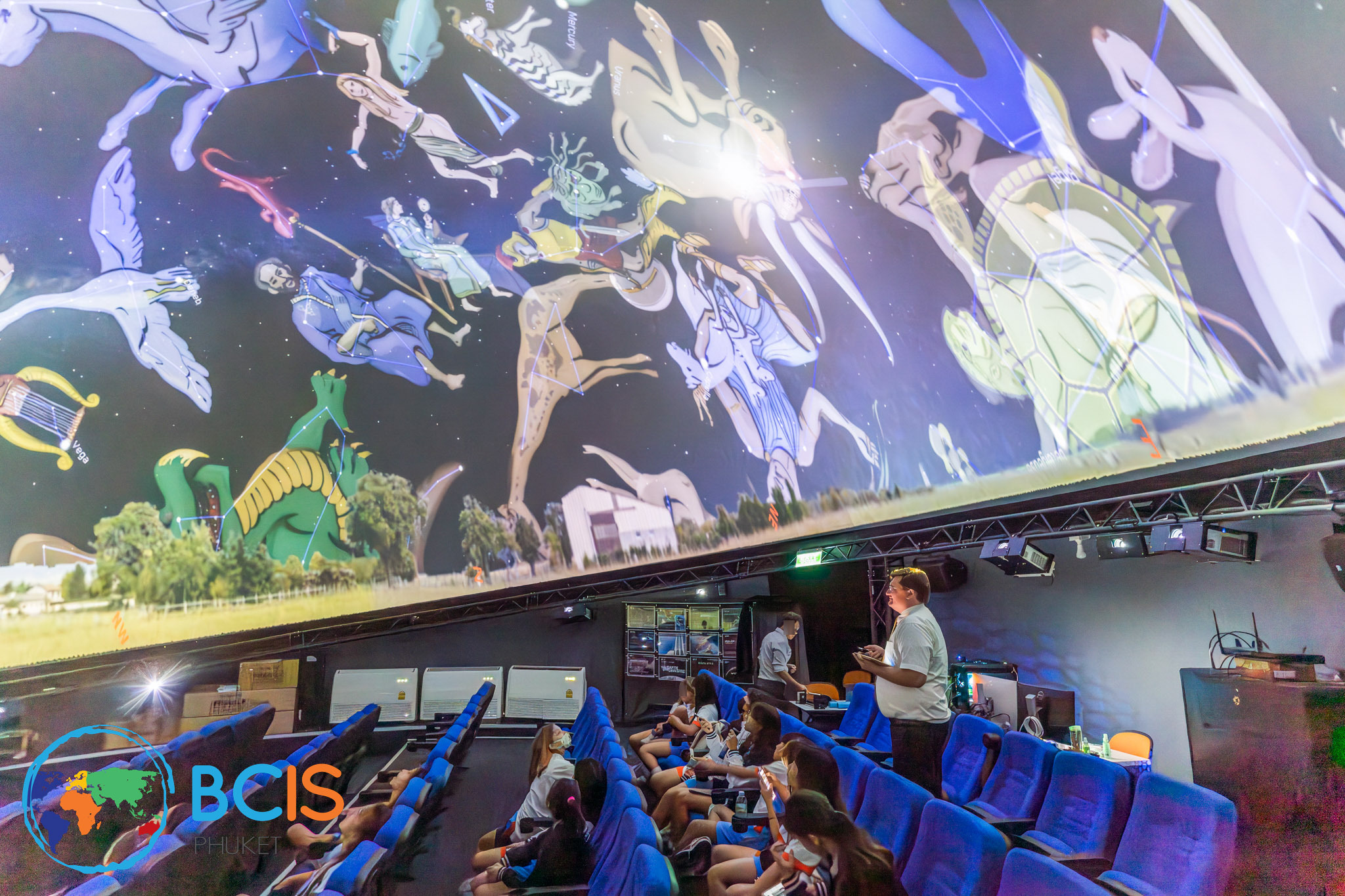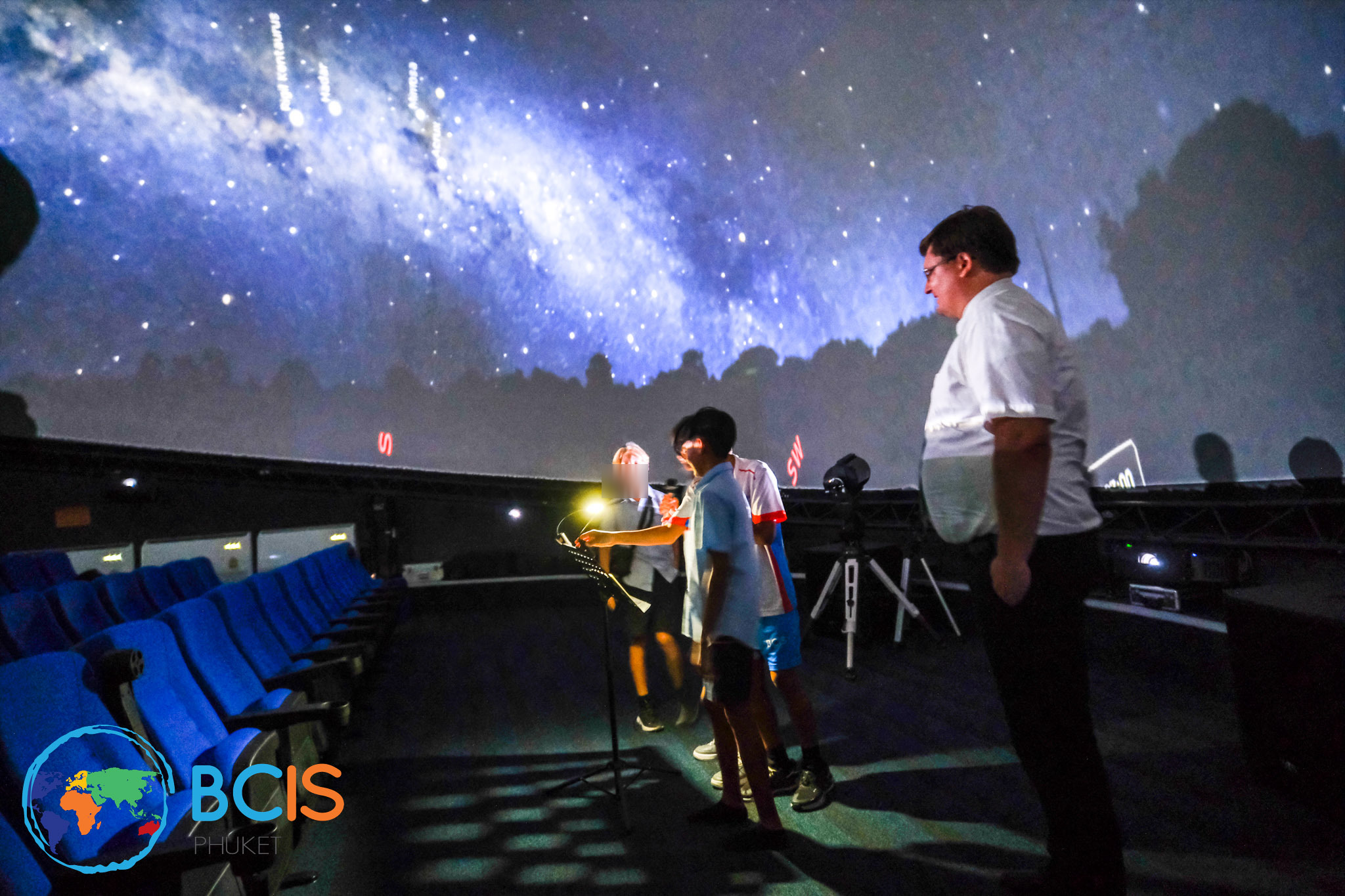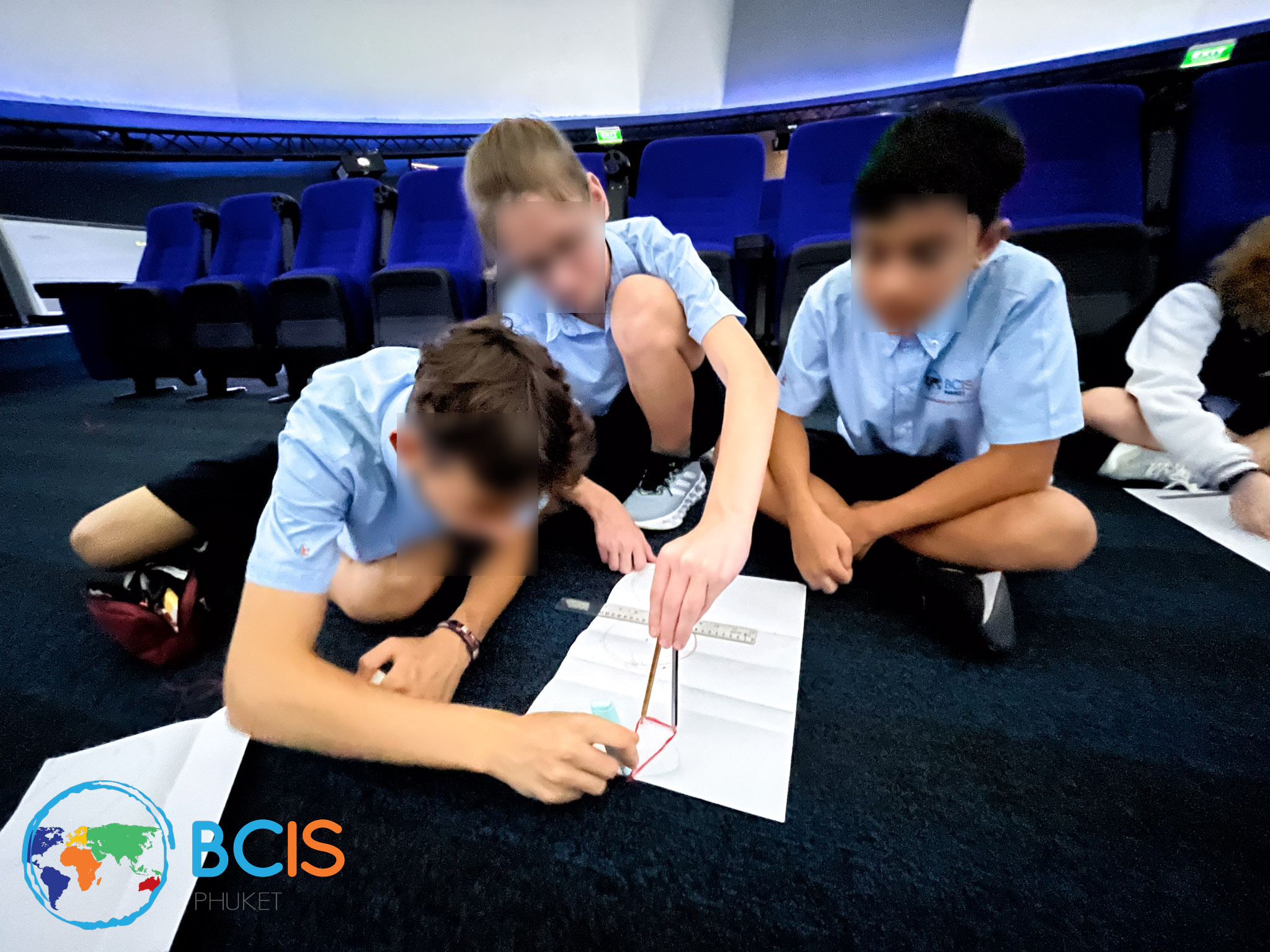
Ilia Vialykh
The Innovator
Ad Astra – Exploring the Skies, Cultures, and Science
Main Idea:
Space has always been humanity’s greatest source of inspiration. In Ad Astra, students learn that astronomy is not just about stars and telescopes — it’s a journey through history, culture, and innovation. This lesson turns the night sky into a classroom, helping young learners understand the motion of the celestial sphere while connecting ancient wisdom to modern science.
Lesson Essence:
Through constellations and celestial observation, students explore how early astronomers used myths and legends to explain the heavens. By learning how civilizations — from ancient Thai and Chinese cultures to Greek and Arabic scholars — visualized the cosmos, pupils discover that science and creativity are deeply connected. Paradoxically, by looking at the stars, we learn about our world.
Pedagogical Value:
This lesson is a vivid example of Evidence of Lessons Planned to Include References to Local Context in Order to Engage Learners to Demonstrate Mutual Respect. It allows students to appreciate the cultural heritage of Thailand and China while seeing how storytelling once shaped humanity’s first understanding of the universe. This not only nurtures curiosity for science but also empathy and respect for diverse cultural perspectives.
Teacher Reflection:
For me, Ad Astra was a chance to share my admiration for Thai and Chinese astronomy traditions — and to watch my students celebrate both cultures while developing scientific reasoning. Space inspires innovation, and by linking science with culture, this lesson shows how learning can be both meaningful and deeply human.
